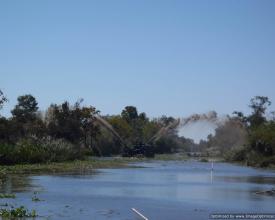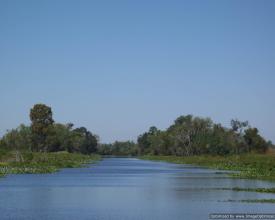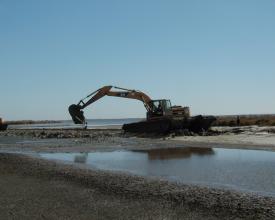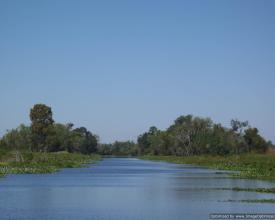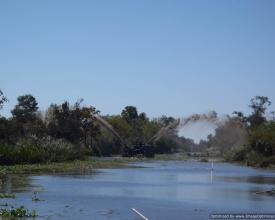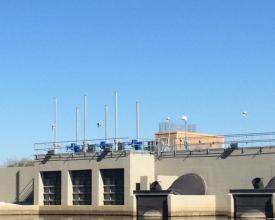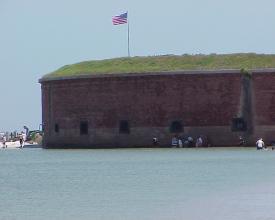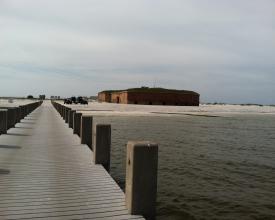
Restoration of wetlands and barrier islands for storm protection in the Northern Gulf of Mexico
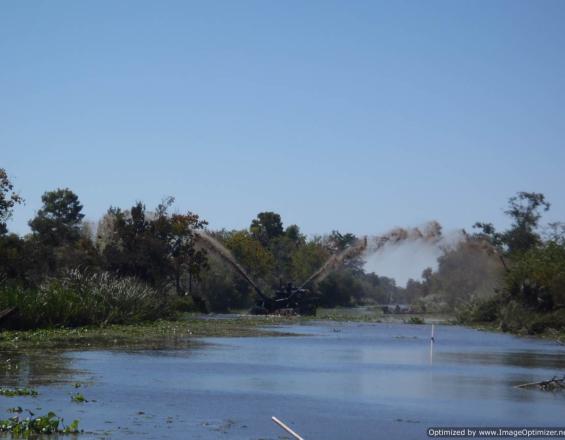
Context
Challenges addressed
Location
Process
Summary of the process
These restoration techniques and their outcomes work together to provide a set of multiple lines of defense for coastal communities against the impacts of climate change, sea level rise and surges from storms. Alone each is useful, but combined they create a stronger and more resilient coastal risk reduction. There is no particular order to which these blocks should be completed. As an analogy, they are like members of a team, each of which has a role to play in the overall goal of coastal protection and the reduction of disaster risk.
Building Blocks
Filling old canals
Enabling factors
Lesson learned
Thin Layered Marsh Nourishment
Enabling factors
Lesson learned
Using Controlled River Diversions for Restoration
Enabling factors
Lesson learned
Barrier Island Restoration for Disaster Risk Reduction
Enabling factors
Lesson learned
Impacts
Beneficiaries
Story
The city and metropolitan area of New Orleans in Louisiana, USA is divided by the Mississippi River. The central business district, the historic French Quarter and some of the suburban communities lie to the east side, known as the East Bank. Remaining communities of the area are on the West Bank. In 2005, Hurricane Katrina made landfall just east of the city of New Orleans. Loss of life, mostly from failure of the storm protection system, was nearly 1,600 people in metro New Orleans alone. This loss of life occurred primarily on the East Bank side. The West Bank side of New Orleans did not flood. The biggest difference is the storm protection system for the West Bank communities are providing additional protection from healthy swamp and marsh ecosystems. Research indicated that levees with marsh and swamp protection did not fail during Hurricane Katrina. Later, in the year 2012, Hurricane Issac, a category 2 storm on the Saffir-Simpson scale, also hit the metropolitan New Orleans area. Now, 7 years post Katrina with restoration projects in place throughout the New Orleans area, similar to what has been done in Jean Lafitte NHPP, there were no levee failures. Healthier restored marshes, filled canals, restored swamps all provided sufficient protection to the storm protection system to spare all of theses communities from floods.
